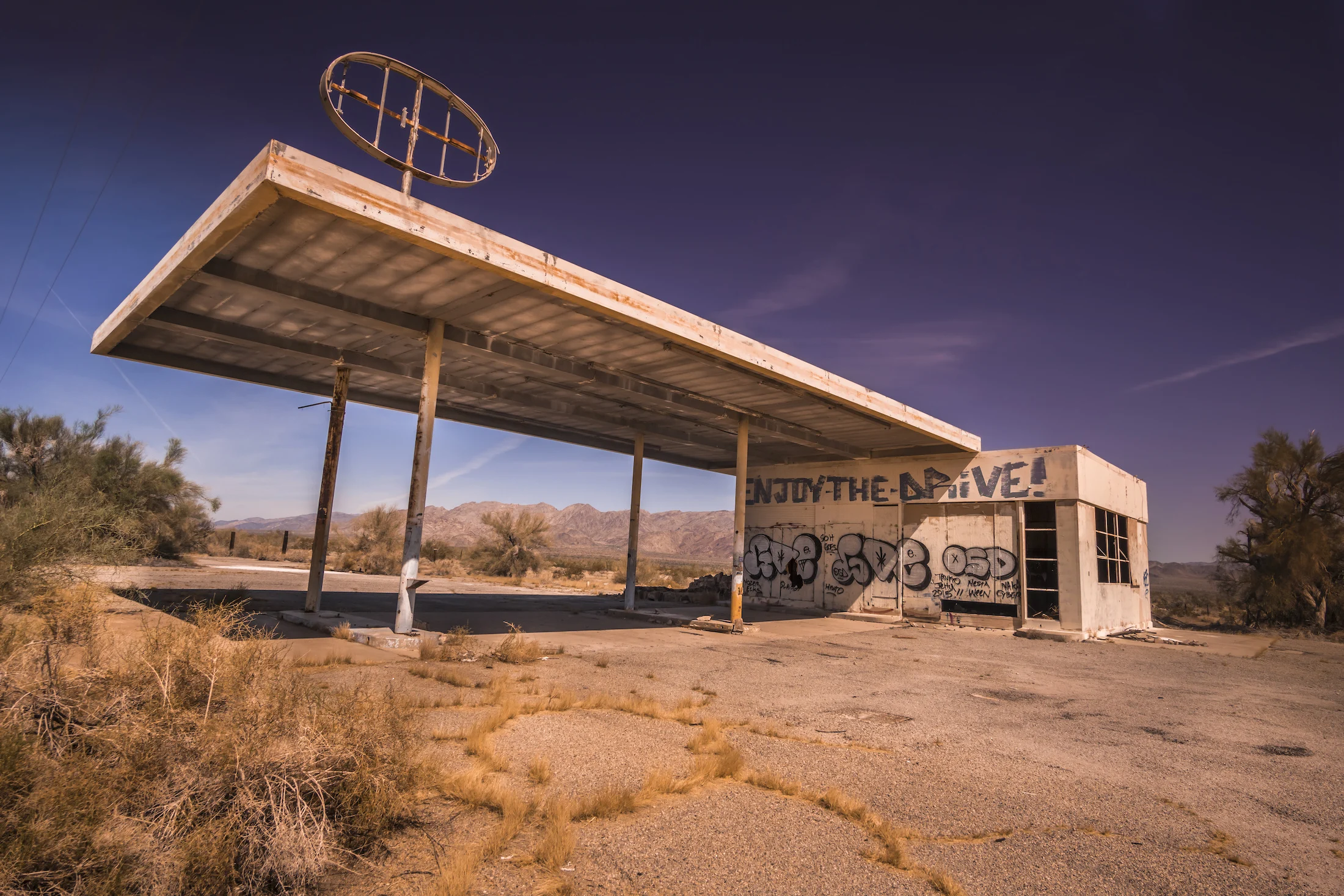With a little bit research, prospective gas station buyers will come to learn that most earnings in the business don’t come from gasoline sales.
In fact, most owners see their gas sales as a simple means to build traffic, relying on their convenience store’s sales to build their revenue. What this means for any owner in the industry is that having a solid convenience store strategy is essential to see long-term success.
Gas station and standalone convenience store owners alike can use the following methods to develop strategies for their businesses and grow their profits over time.
Develop a Business Plan
To run a successful business, “make a bunch of money” just isn’t going to cut it as a starting model. In order to get the edge over competitors, you’re going to need a solid and thorough convenience store strategy. While there are number of questions and factors to consider, there are few widely accepted practices to help you get started.
- All great strategies begin with a simple checklist - Whether starting from scratch or trying to revitalize a growing business, a checklist will help you narrow down priorities, provide a reference point to return to, and ensure you’re getting things done in a timely manner.
- Are competitors getting an edge on their prices? - Which vendor relationships can be leveraged to give you a price advantage over competitors in certain product categories?
- How can you use your store’s location to your advantage in your business strategy - For example, if you live in an area with rising income, which products will help you capitalize on this trend?
- Stay up to date on trends in the snack and beverage world - Vendors will often provide their own companies’ magazines, but having supplementary resources to continuously gain insights on new products hitting the marker will help keep your inventory fresh and versatile.
- Identify your biggest weaknesses and start making a plan for strengthening them - Having trouble with staffing? Consider consulting a recruiter. Are gales sales decreasing? Evaluate the prices of nearby competitors to match or beat their prices.
Identify Target Customers
Every customer is important, but your target customers are the ones who spend the most on the items that give you the best margins. Getting their attention and earning their loyalty is essential for your strategy to succeed.
- Who is visiting your C-store and why are they visiting (getting breakfast, getting snacks, getting sunglasses and a tank of gas, etc.) - Your best source of data to start with is from the people who are already coming to your store. Your goal is to understand what their needs are and which products make the best margins on their purchases.
- Which kinds of customers spend the most or purchase items you have the best margins on? These are your target customers that you want to look out for and provide for. Even if it’s a specific sub-product, like a flavor or tobacco blend, of a specific brand, make sure it’s always on stock if you have a returning customer that expects the product to be there.
- Is your store located in a residential area or off of a freeway/highway? Your location will drastically influence the types of customers you see, and building a strategy around those customers is essential to your business’s success. Residential areas, for example, will see far more recurring customers than freeways, so establishing the loyalty and value of those customers is crucial to your success.
- Are you located near any schools or churches? Identifying the organizations that surround your store can you help predict which customers you’ll see and help you build a strategy that caters to those customers.
Leverage Data from Your Inventory Management System
Your store’s inventory management system and convenience store software is a gold mine for developing a sound business strategy. Review your daily reports, monthly assessments, and inventory sales track to see what’s selling and what isn’t. With this data at hand, you can develop sound business strategies for pricing, deals, and product ranking when determining what to fit on the shelf space.
- Which items are bought in pairs or most likely to be bought in multiple units? Can you make any 2 for 1 deals or other specials to help promote larger sales?
- Which product categories are most popular at your various locations? Use the data from your other locations as a reference point when opening a new store. How will the data translate with the new location?
- Which marketing/promotional campaigns have resulted in the greatest increase in sales? Why did those campaigns succeed as opposed to others that failed? How can you replicate that success?
- Which type of lotto tickets are your top earners? Make sure you always have the hottest tickets and scratchers in stock. Can you promote those lotteries better?
- What are the most common purchases people make in your convenience store when they fill up at your gas station? When gas prices drop, you will probably see more of these types of purchases.
Develop Marketing/Promotional Campaigns
Once you have identified your top earners and the preferences of your common and target customers, develop marketing/promotional campaigns to drive sales on top margin items and encourage loyalty with preferred customers.
- Use data from your inventory management system to offer discounts on items that are commonly bought in pairs.
- Create a campaign around an item category that is seasonally appropriate (like frozen treats in the summer or candy around Halloween).
- Develop a campaign that appeals to the appropriate target customer you’re aiming for.
- Use your data to inform you of past trends and try to market around those trends.
Implement Your Strategy and Monitor Results
To ensure your store’s new strategies are working, always monitor the results of your efforts before doubling down on any single strategy. This way, you can ensure that you only invest heavily in strategies that are proven to work with hard data.
- Always implement your strategy in stages and never over-commit to one idea.
- Your inventory management system should be viewed as a tool; use it to monitor the effectiveness of your past and current strategies.
- Be willing to adapt and change in correspondence with your data.
- Business is not a static enterprise; defining new strategies where others fail will be a part of ensuring success.
CStore Essentials provides a state-of-the-art inventory tracking system that allows you to control and monitor all your transactions in one, easy-to-use place. Our simple interface will generate daily reports, price tracking data, fuel charts, integrated POS reports, and more. Save time and manage all of your stores from an all-in-one tracking system. To see CStore Essentials in action, you can start your free trial here.


